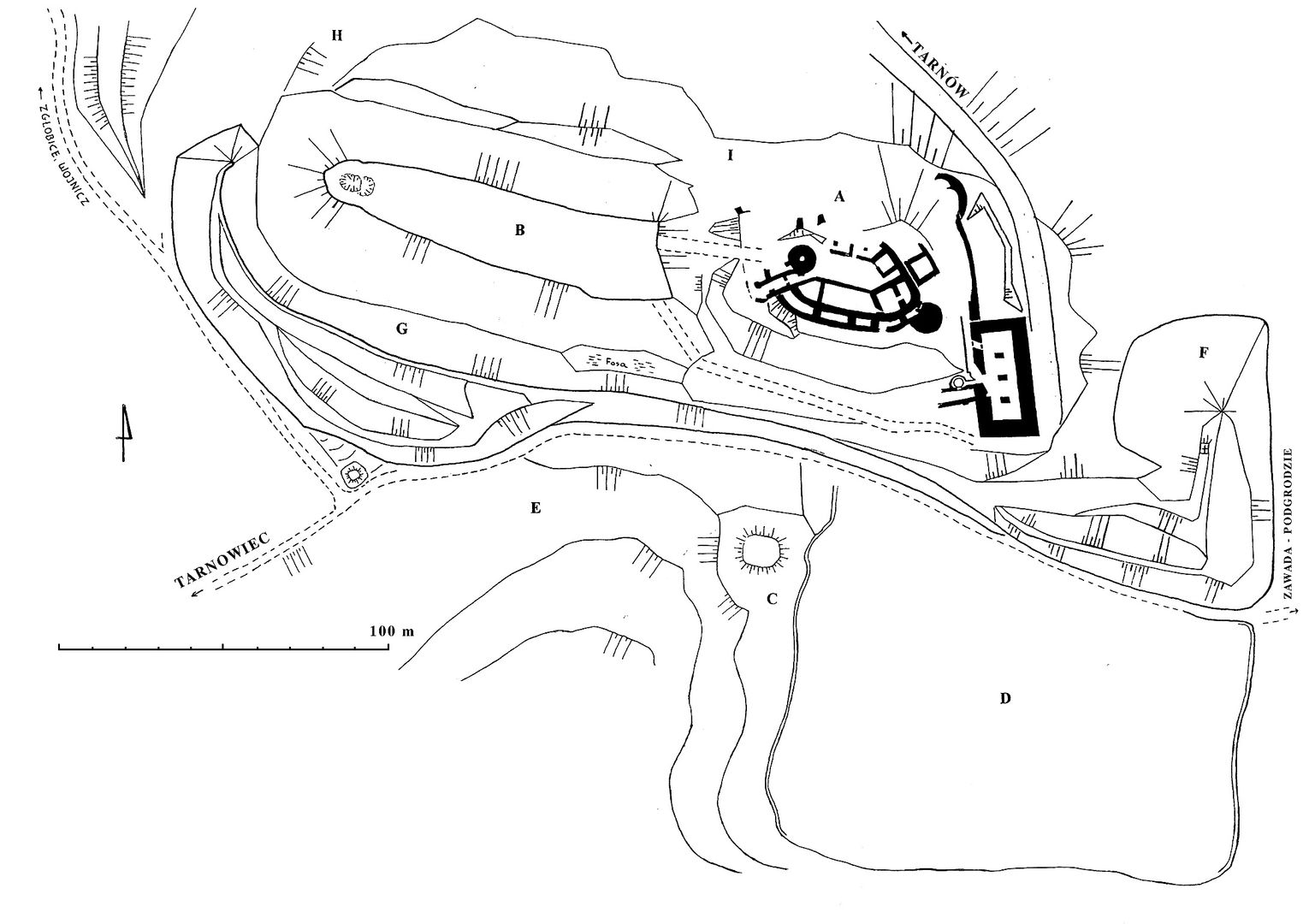Tarnów Castle
7.86

Overview
Tarnowski Castle, situated on St. Martin’s Hill in Tarnów, is a site with a rich history dating back to the Middle Ages. Built between 1328 and 1331 by Spycimir Leliwita, it became the residence of Tarnów’s owners and the administrative center of the Tarnów estates. The castle was one of the largest in Poland, featuring elements previously reserved for royal castles, such as a chapel and a cylindrical main tower. In the 14th century, it was gradually expanded, and its defenses were strengthened in the 15th century with the addition of stone elements. In the 16th century, Hetman Jan Amor Tarnowski carried out a Renaissance reconstruction of the castle, and its interiors became an important center of Polish Renaissance culture, housing a rich library. The castle passed into the hands of Zofia Ostrogska, but due to political turmoil and conflicts with neighbors, it was repeatedly captured and looted. In the 17th century, the castle remained a significant structure, with its complex including both stone and wooden buildings. After the 17th century, the castle began to decline; its functions were transferred to wooden manors, and by the early 18th century, it was completely abandoned. In the 18th century, building materials were extracted from the ruins for local churches, and in the 19th century, the castle’s vaults were used as powder magazines. The 20th century brought several attempts to save the ruins, including the donation of the site to the city by Prince Roman Sanguszko. Between 1939 and 1985, archaeological excavations were conducted, uncovering numerous fragments of the castle, including well-preserved elements of 16th-century fortifications. Tarnowski Castle, now in ruins, is not only a witness to the turbulent history of the region but also a valuable part of Poland’s cultural heritage, linked to the activities of many renowned historical figures. Interestingly, the castle hosted notable figures, including monarchs, underscoring its political and cultural significance. Today, organized knight tournaments and cultural events reflect the spirit of its past and efforts to revitalize this extraordinary place.
Location
Tickets
Powered by GetYourGuide
2025 Wizytor | All Rights Reserved